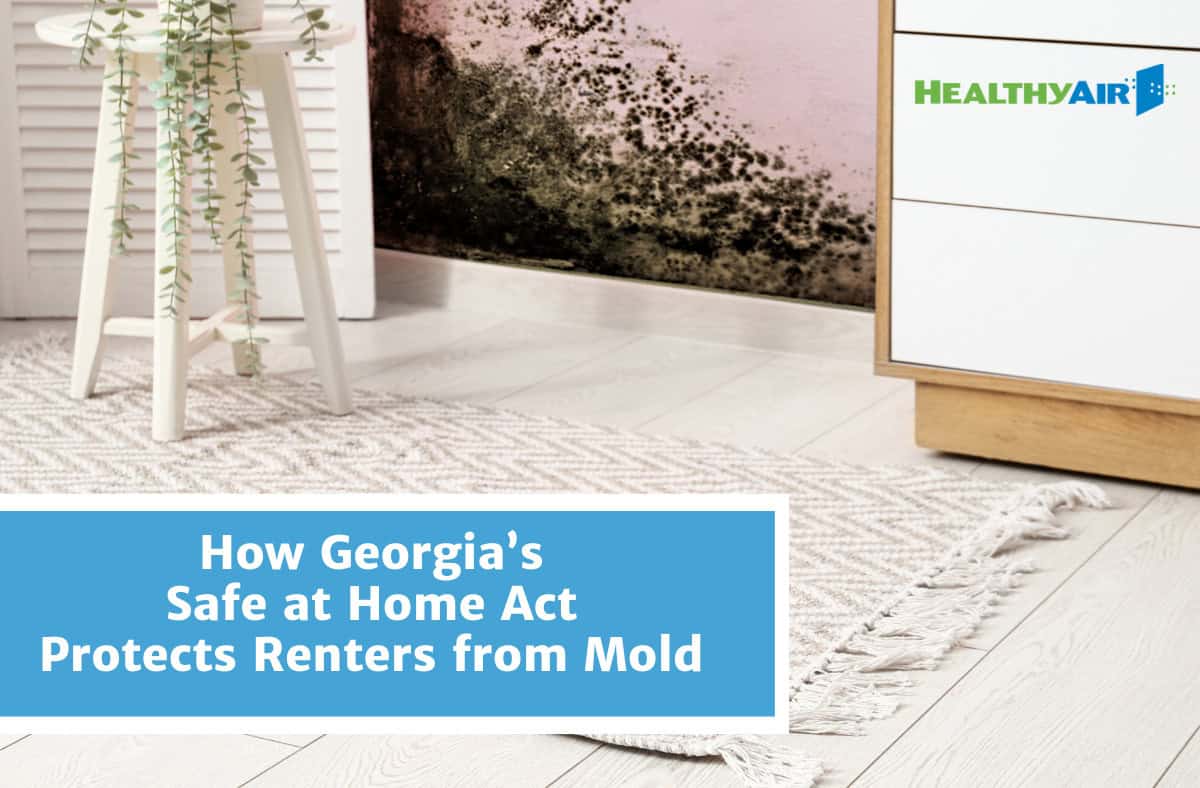How Air Exchange Rate Affects Indoor Air Quality
Maintaining indoor air quality is a delicate process that can be affected by many variables. Indoor air pollution can be caused by a large list of…
How Air Exchange Rate Affects Indoor Air Quality
Maintaining indoor air quality is a delicate process that can be affected by many variables. Indoor air pollution can be caused by a large list of products and activities, including combustion sources, building materials made of pressed wood products, items that contain pollutants like asbestos, cleaning products, improperly maintained central heating and cooling systems and humidification devices, and more. Additionally, when there isn’t an effective air exchange rate, which is the rate at which outdoor air replaces indoor air, indoor pollutant levels can increase.
Air exchange rate is managed through natural and/or mechanical ventilation. Natural ventilation occurs when air moves through opened doors and windows by wind or temperature differences. Mechanical ventilation occurs when devices such as fans or air handling systems distribute or move air. A proper air exchange rate it is vital for maintaining healthy indoor air.
Reducing Indoor Pollutants
Even with a proper air exchange rate, indoor pollutants can add up and create unhealthy indoor air. In these instances, there are several solutions:
- Control the source of the pollution: Eliminating individual sources, such as asbestos or pressed wood products, is effective and cost effective since it doesn’t increase energy costs.
- Improve ventilation: Increase your air exchange rate through simple actions such as opening windows more often.
- Properly utilize and maintain air filters and cleaners. A well designed and maintained HVAC system, combined with air filters and individual air cleaners can be very effective at removing indoor pollutants.



